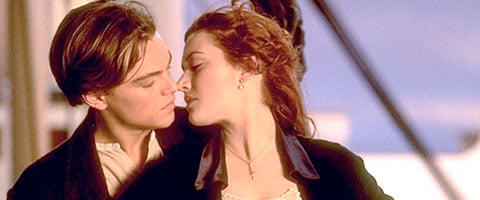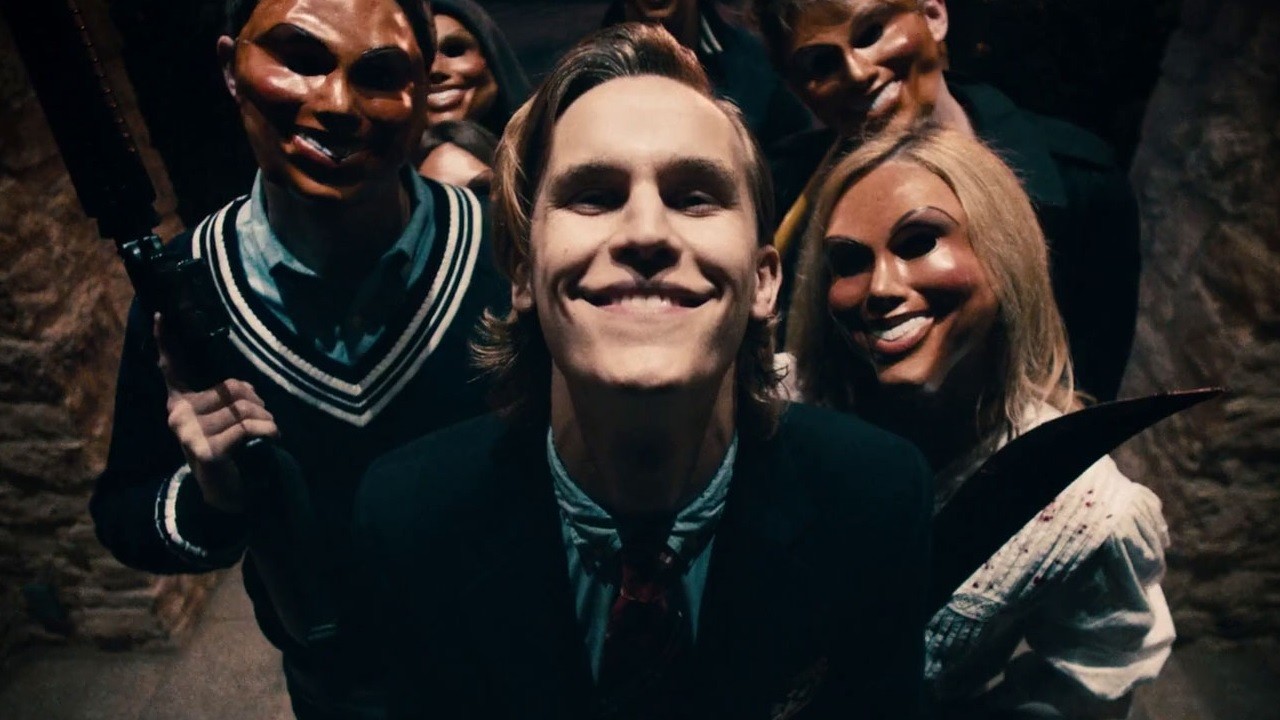To 3D Or Not To 3D: Buy The Right Titanic Ticket

"Are you ready to go back to Titanic?" is the question posed by Bill Paxton's arrogant treasure hunter to Gloria Stuart's frail old Rose in Titanic's engaging introduction, and it’s the same question that writer-director James Cameron offers to moviegoers this week as his groundbreaking blockbuster returns to theaters nationwide with a swanky 3D makeover.
Beyond being a technical marvel upon its initial release in 1997, Titanic became a cultural phenomenon and went on to score a record of 14 Oscar nominations of which it won 11 including Best Director and Best Picture, and earned more than $1.8 billion in theaters worldwide. Ultimately, it was a success few filmmakers would dream of repeating, and yet Cameron did in 2009 when his sci-fi adventure Avatar became a worldwide sensation that not only won widespread acclaim and banked monumental box office figures but also cemented and validated the use of 3D in filmmaking.
Now, Cameron, 3D's most vocal advocate, has circled back to add a new dimension to his modern classic insisting, "The 3D enriches all of Titanic's most thrilling moments—and its most emotional moments. More than ever, you feel you're right there going through all the jeopardy that Jack and Rose go through. The 3D kicks the experience up to another level."
Below we explore whether or not Cameron's passion for 3D translates to Titanic's post-conversion, and ask you to tell us which ticket you'll buy in our 2D versus 3D poll.
Does It Fit?
When people remember Cameron's Titanic, the first scenes that come to mind are most often the incredible drama and action that unfolds as the massive ship is sinking. However, the ship doesn't hit that fateful iceberg until nearly two full hours into the film's 194 minute running time. Before that, it's mostly class conflict and romance, elements that wouldn't seem the most obvious choice for a 3D upgrade. Still, the grandeur and scale of the legendary ship do lend themselves to added dimension of 3D.
Fit Score: 3/5
Planning & Effort
Your Daily Blend of Entertainment News
Obviously as Titanic was originally produced in 1997, no one anticipated making the film viable for 3D. However, Cameron has insisted that since his interest in 3D technology was piqued in 2001, he and his long-time producing partner Jon Landau have considered retroactively applying the technique to Titanic. After running some conversion tests, the pair has overseen the entirety of Titanic's 3D reconstruction which has included groundbreaking developments in 2D to 3D conversion, 300 computer artists, and more than 750,000 man-hours to sculpt and rotoscope 295,000 frames to give Titanic a new and deeper dimension. Still, the original staging and cinematography, which favors lots of close-ups and over the shoulder shots (where the shoulder and back of an actor's head is visible but out of focus in the foreground) fights the benefits of 3D throughout.
P&E Score: 3/5
Before the Window
Here we account for those elements of 3D that look like they are projecting out into the theater itself. It's often considered 3D's most garish and gimmicky aspect, but is nonetheless one of the device's most thrilling. However, it's difficult for post-converted films to make use of this, and Cameron and his team never really bother, which seems a shame with so much water rushing about. Instead, Cameron favors adding dimension beyond the window.
Before the Window Score: 1/5
Beyond the Window
Here Titanic's 3D is at its best. Cameron's shooting style on the film already relished in the opulence of Titanic's grandeur and scale, but with the added dimension of 3D, the hallways, stairwells, decks and dining halls all take on a more real-to-life depth. This does add a new element of wonder to the scenes shot on soundstages as well as the sequence of underwater exploration of the wreckage. However, it does not translate to exterior shots of the ship, which actually suffer from the conversion, looking flatter and less realistic than before when juxtaposed with such masterfully executed 3D revisions.
Beyond the Window Score: 4/5
Brightness
A common complaint about 3D movies is that the results are obscured by the darkness inherent in wearing the requisite 3D glasses, which some films fail to account for. Cameron, who has kept a keen eye on all of 3D's criticisms, does account for this, making sure every sequence is bright enough to still look crystal clear with the shade of 3D glasses, so no details is lost.
Brightness Score: 5/5
The Glasses Off Test
This test is typically where post-converted 3D falls to films shot for 3D. The test is simple – take off your glasses and observe how blurry the image is. The blurrier it is, the more drastic/noticeable the dimension of the 3D. While post-converted, Titanic still fairs pretty well in this arena with scenes that entail many planes of action that can and have been manipulated for 3D. So, when Rose and Jack are strolling down a deck or running through a hallway, the blur is varied throughout, revealing just how much attention Cameron's crew put to creating a lifelike sense of dimension. Where the glasses test is less impressive is in scenes made up primarily of close-ups. Here, the computer artists have made a valiant effort to sculpt the face, and add new dimension to slight background elements, like the tendrils of Rose's hair, but the effect is so slight few will notice it.
Glasses Off Test: 3/5
Audience Health
By jumping too quickly from one focal point to the next, 3D can sometimes make its audience feel physically ill. In post-converted films, this more often happens when the conversion causes a shakiness that looks like a visual stutter. For all the effort Cameron and his team put in, some of the more kinetic blocking does result in such glitches, but these are brief moments that are more jarring than nauseating or headache-inducing.
Health Score: 4/5
| SCORES RECAP | |
| 3D Fit | 3 |
| P&E | 3 |
| Before The Window | 1 |
| Beyond The Window | 4 |
| Brightness | 5 |
| The Glasses Off Test | 3 |
| Audience Health | 4 |
| Total Score | 23 (out of a possible 35) |
Final Verdict: 23 out of 35. It's a good score, but not a great one. Cameron's team did put an incredible amount of work into adding a new dimension to his epic tale of romance and tragedy, but the results can't truly compete with features planned for 3D. Still, Titanic is amazing on the big screen, and the 3D does make some scenes absolutely stunning. When buying your ticket it really just depends on what you want from your viewing experience. Because some things—like Billy Zane's wonderfully campy performance as the villain millionaire—cannot be improved upon by 3D, but some of the spectacle certainly is, and the rest really needs no improvement.
This poll is no longer available.
For more 3D analysis, visit our To 3D Or Not To 3D archive right here.
Staff writer at CinemaBlend.

